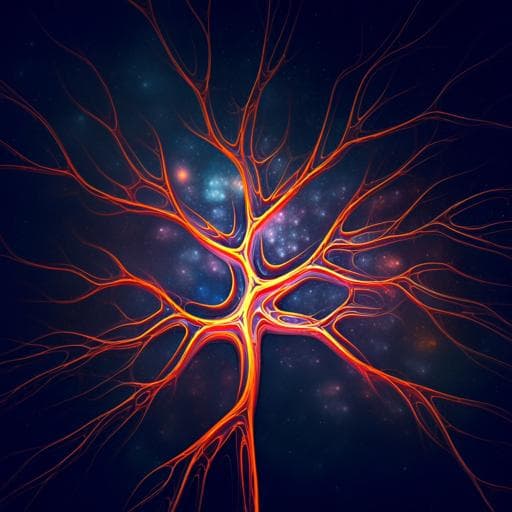
Medicine and Health
Physics-informed deep generative learning for quantitative assessment of the retina
E. E. Brown, A. A. Guy, et al.
Discover a groundbreaking algorithmic approach that revolutionizes the generation of realistic digital models of human retinal blood vessels. This innovative method, developed by Emmeline E. Brown and colleagues, surpasses traditional labeling performance through physics-informed generative adversarial networks, paving the way for enhanced early detection and monitoring of retinal diseases.
~3 min • Beginner • English
Related Publications
Explore these studies to deepen your understanding of the subject.







